|
3rd February 2022 It's a Thursday and we're round Simon's for a night of gaming. The first game of the evening was My Little Scythe. My Little Pony What does does My Little Scythe have to do My Little Pony? Well... err... nothing... obviously... My Little Scythe is a reskinned iteration of Scythe that has been simplified and pared down to make it more accessible to younger players. I have played Scythe but it was some time ago, long before I started this blog in fact. What's in a game?
It's obviously that the game's art direction is meant to emulate the style of a Saturday morning kid's cartoon. It makes use of bright colours and features well illustrated cartoon styled art throughout. The game's iconography is clear, all of the symbols are easily understood. What's in a game? Setup
On to play My Little Scythe is all about victory conditions and the first player to achieve 4 of them will win. The turn structure in My Little Scythe is very traditional, with the active player having their turn and active play moving to the person on the left.
Endgame Play continues until a player has earned all 4 of their trophies which triggers the endgame. Each player who has not earned their 4 trophies now has a further single turn to do so. Additionally, the 1 trophy per turn restriction does not apply during the endgame. In the case of a tie (Which can be likely considering the small scoring range.), whoever has the highest friendship score wins, if the tie still isn't broken, whoever controls the most resources wins and if that's equal, victory is shared. Overall
My Little Scythe has done a good job of paring down the rules of Scythe without really diluting its game experience. Players of Scythe will find a lot here that is familiar. Like Scythe, My Little Scythe is a blend of doing your own thing and competing with other players. This is due to how the trophy mechanics work; players are attempting to complete any 4 objectives out of 8 which generates a lot of routes towards victory. Different players will naturally approach how they can go about winning individualistically. It means that player behaviour can generally be quite varied, players may simply ignore each other, compete for resources or even engage in outright conflict, or any amount of combination of those. However, I feel that acquiring apples and gems is perhaps the most important goal in the game maybe overimportant, they provide the most ways to earning most trophies, competition for them can be stiff, especially with higher player counts. Players in My Little Scythe will want to optimise there strategy dependant on a number of factors, including personality card and resource locations, they can also to pay attention to what other players, trying to predict what they're doing, react accordingly and may have to change their strategy. With it's colourful, cartoony presentation and relatively stripped down rules, it's obvious that My Little Scythe is at least in part aimed at younger players - that's not to say that it can't be enjoyed by adults or doesn't have some crossover appeal. Having said that, I don't think the rules are that simplified, I'd say they're still fairly intricate and could prove an obstacle to younger players, particularly if there isn't an older player present who's familiar with the rules. I'd say My Little Scythe is family-friendly more than kid-friendly. I think it's a fairly good family-friendly game as well and a good introduction for kids or 'non-gamers'. For me though; I'm not sure how I feel about My Little Scythe. It doesn't feel like my kin of game. There's nothing wrong with the game mechanically, nor do I think it's overly simplistic and I'm fine with the theme. I can see how other people enjoy it but I was just unenthused by it and found it unchallenging. To me, It felt like there was synergy lacking between actions I'd have no problem playing it again if others wanted to, but it's not one I'd choose to play.
0 Comments
Leave a Reply. |
AuthorI play, I paint. Archives
March 2024
Categories
All
|

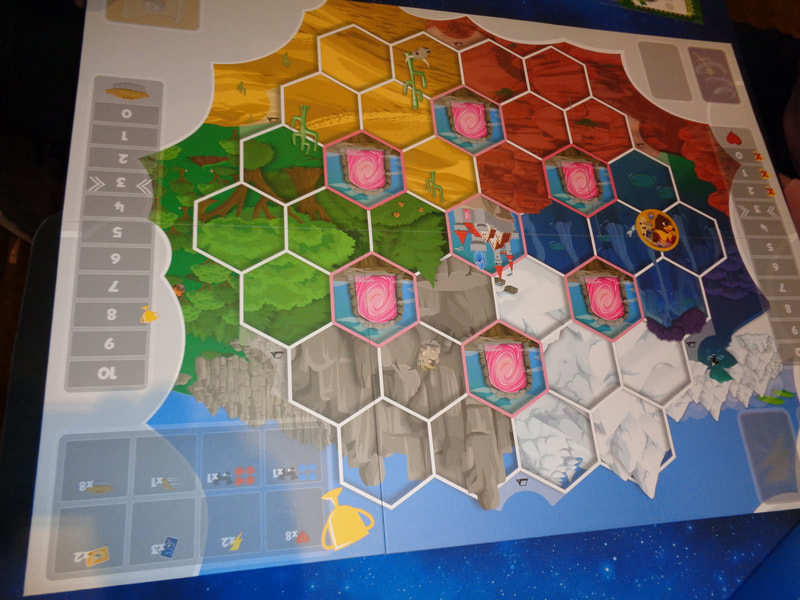
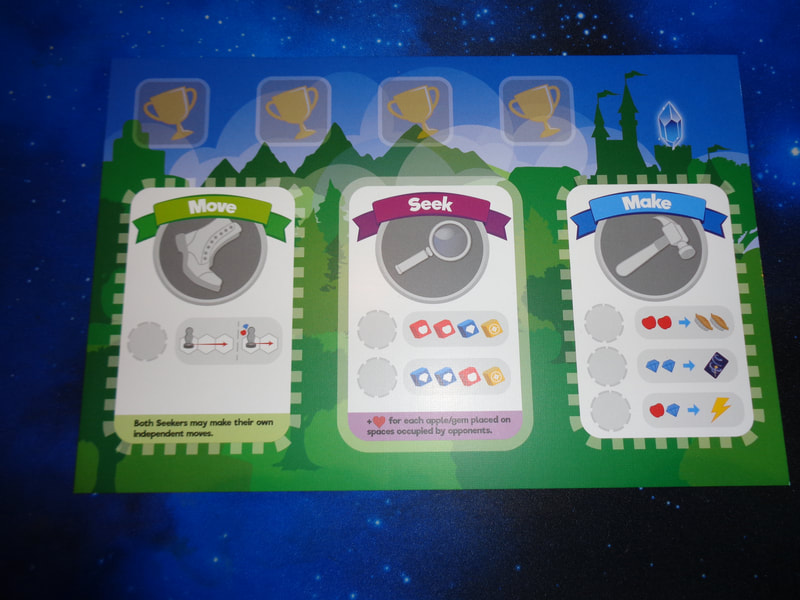
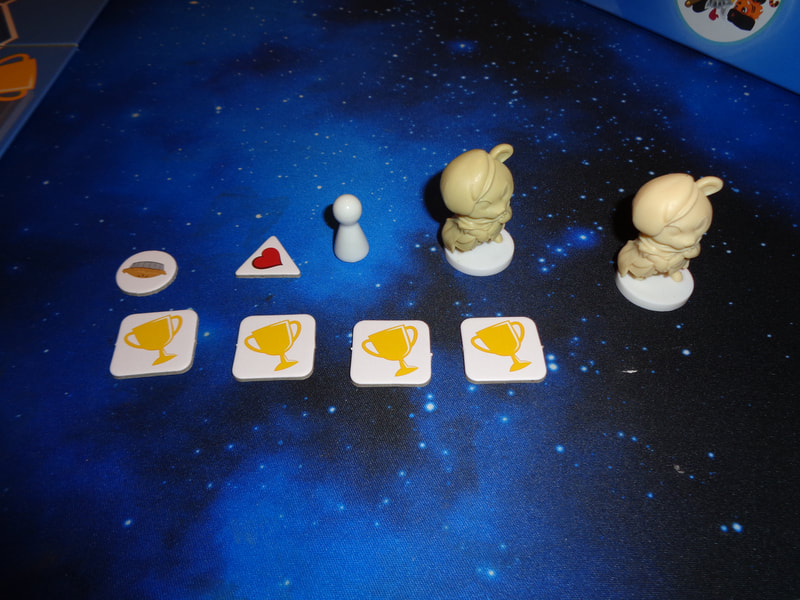
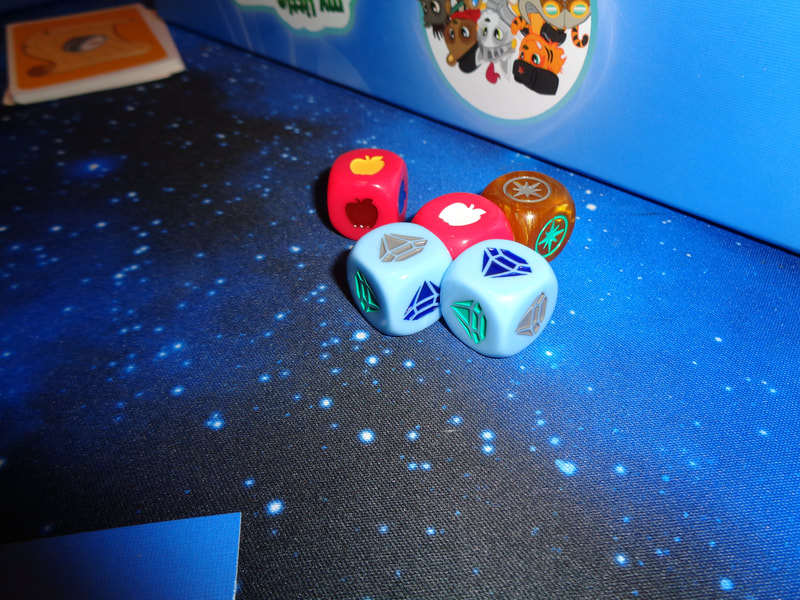
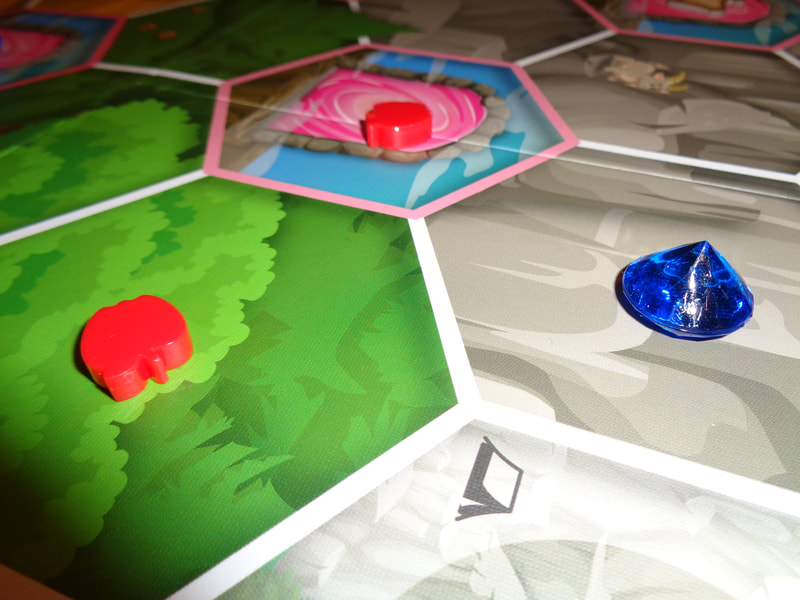
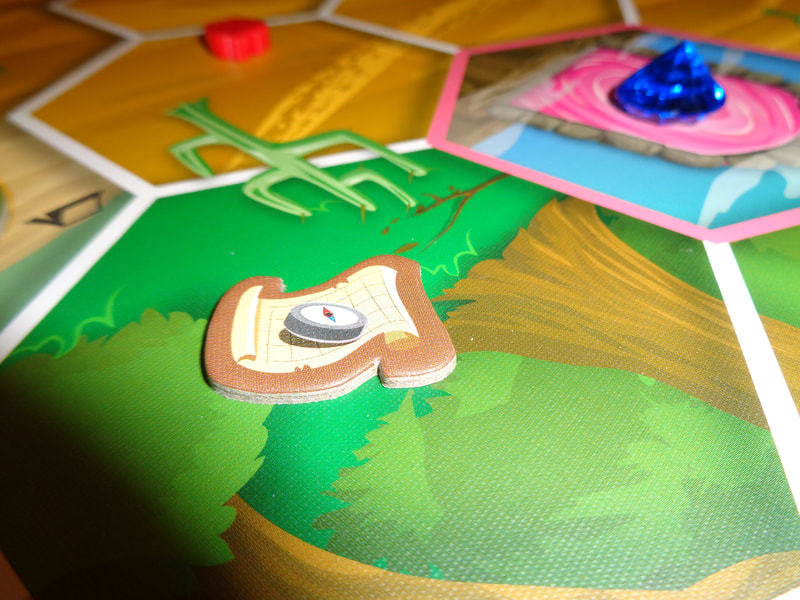
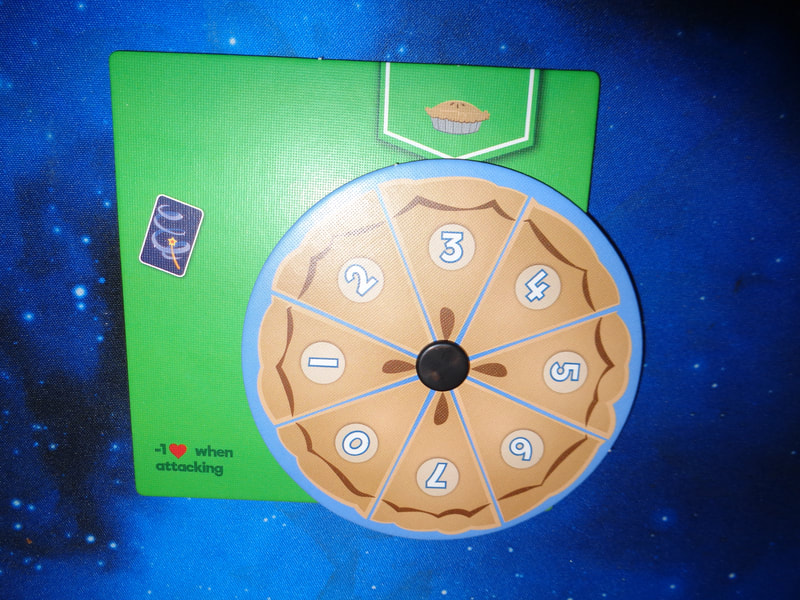
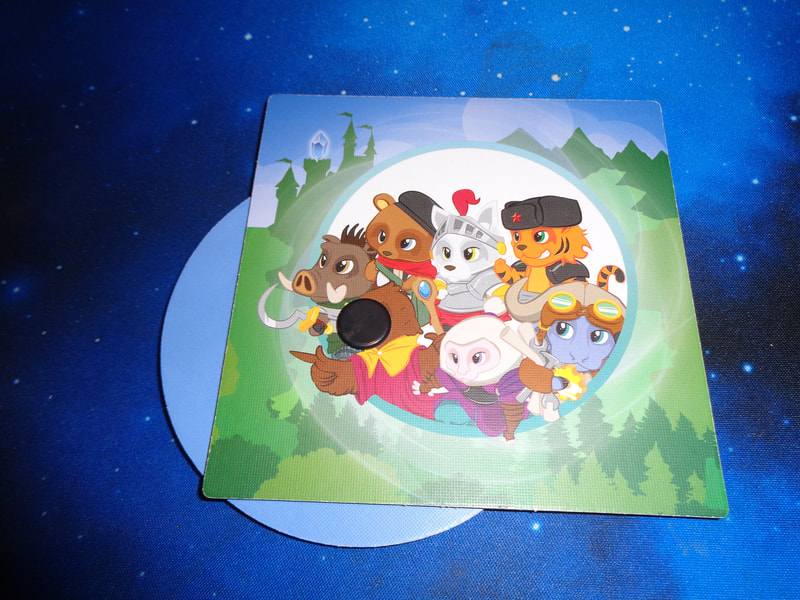
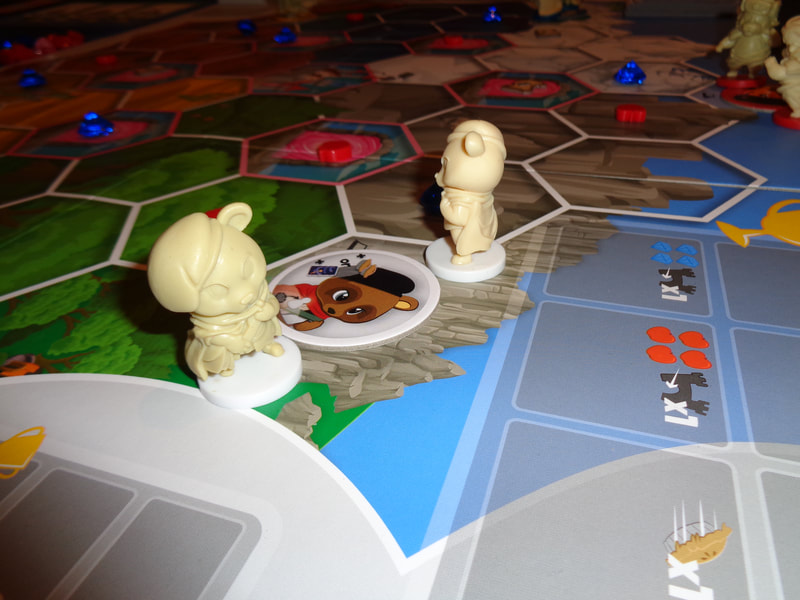
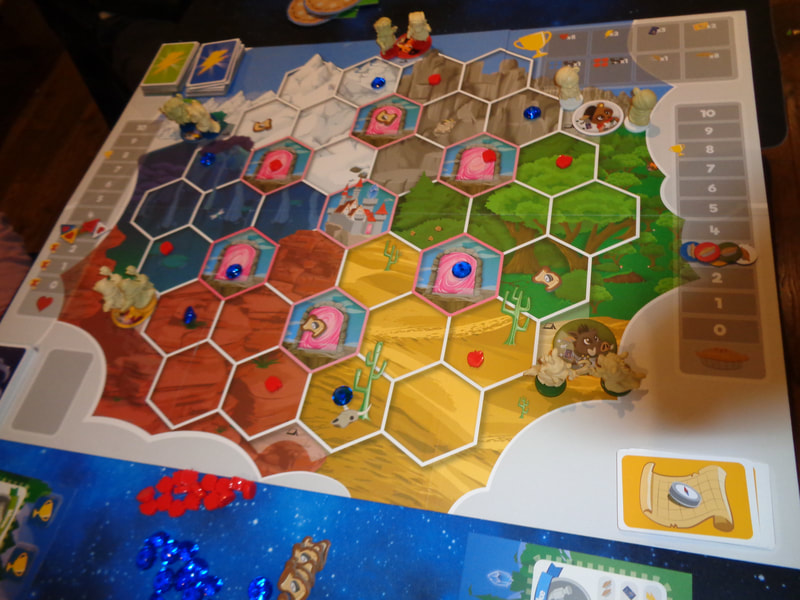
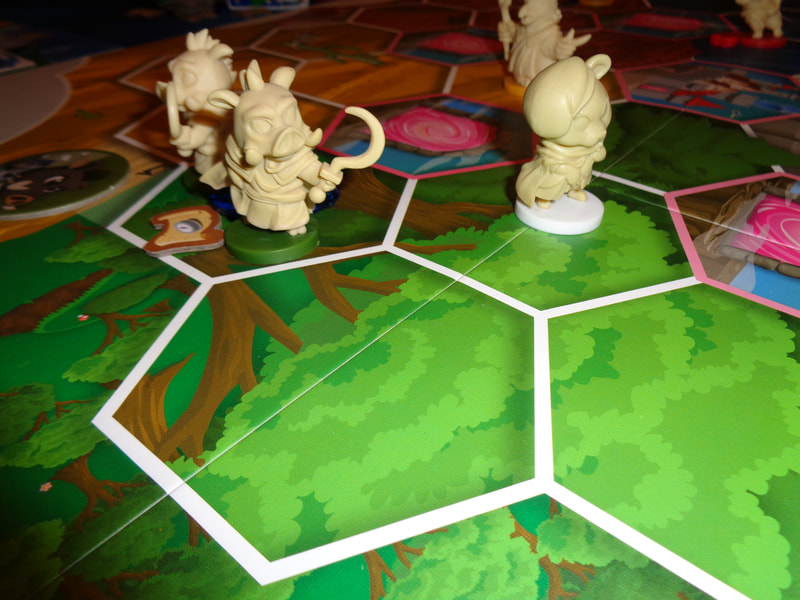
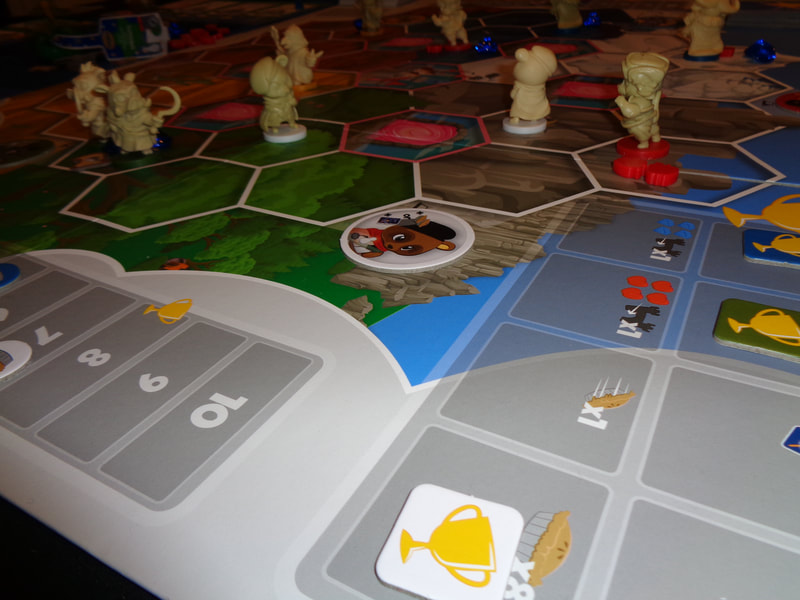
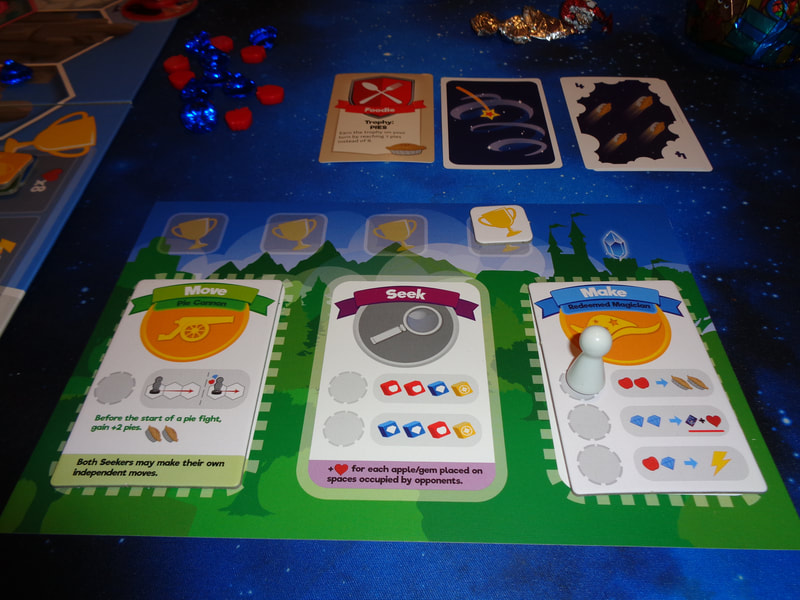
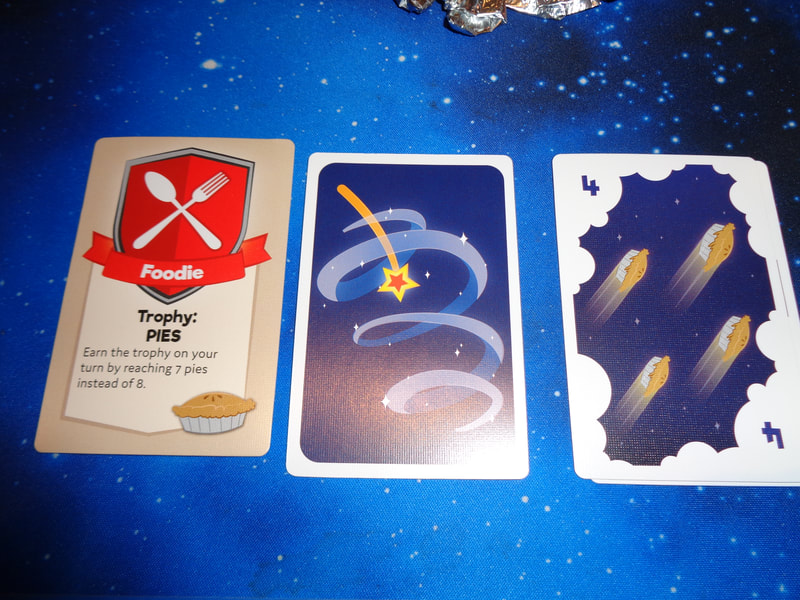
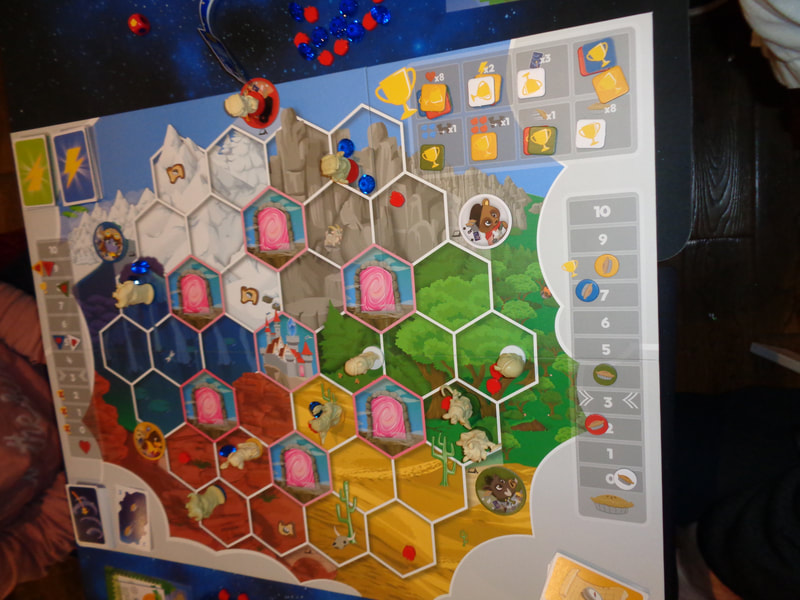
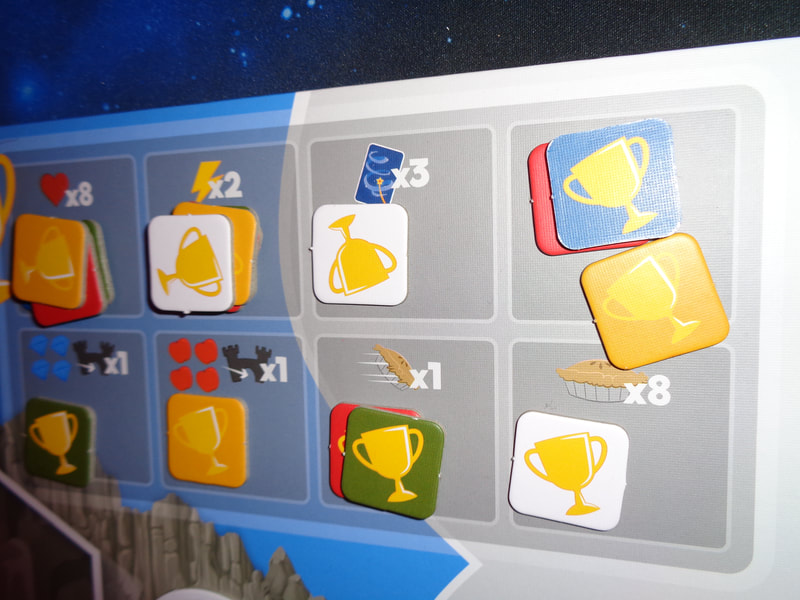
 RSS Feed
RSS Feed
